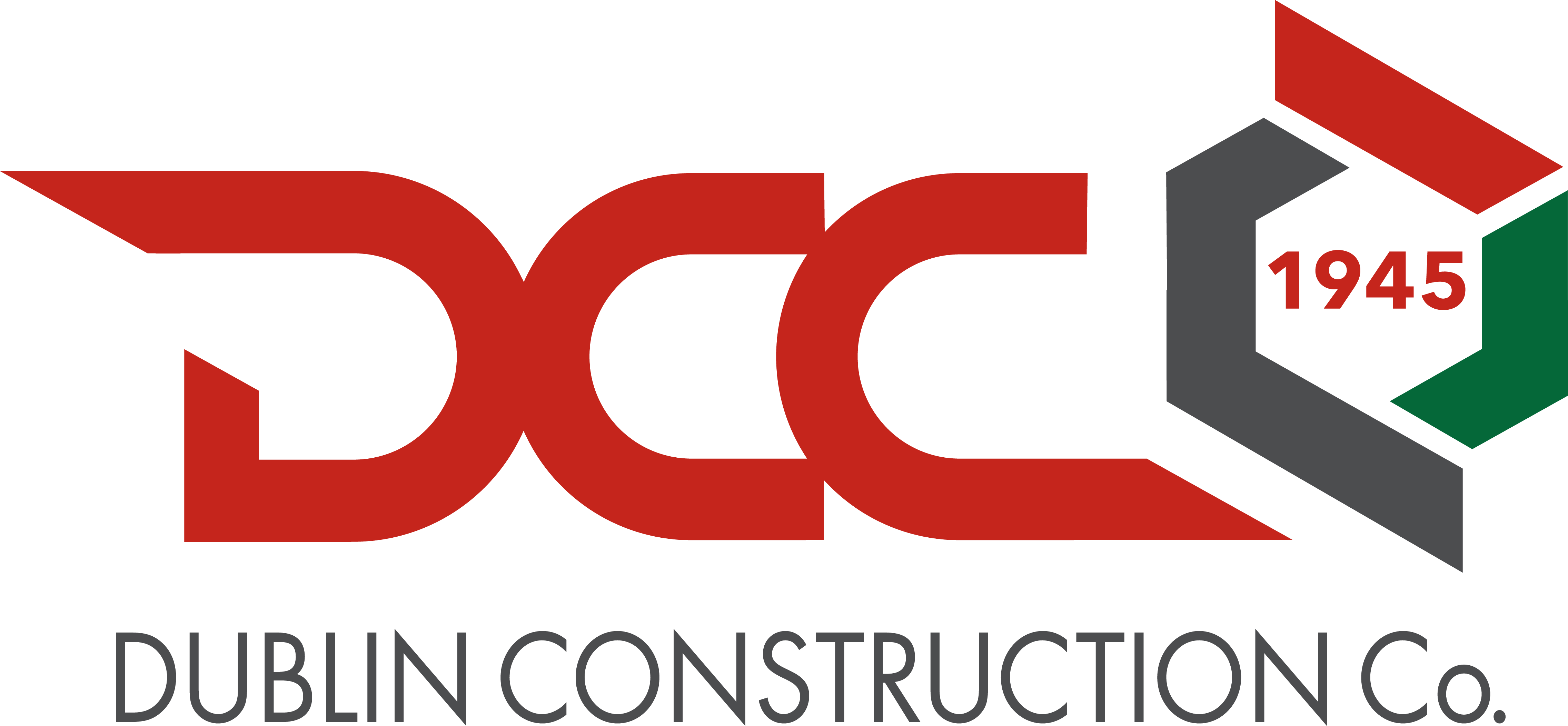Services
Services
Preconstruction
Scheduling
Public-Private Partnerships (P3)
Self-Perform Services
Steel Fabrication & Errection
Mechanical Services
Concrete
Roofing
Preferred Delivery Methods
Design Built
Construction Management
Integrated Project Delivery
Preferred Delivery Methods
Design Built
Dublin Construction Company offers Design-Build as a delivery method for owners that prefer to work with single entity. With Design-Build projects, one company is contracted to perform the design and construction services under a single design-build contract. One of the key benefits to this delivery model is that there is a single point of responsibility for the entire project. In addition to providing project leadership, we will make sure the design is constructible and provide input during construction.
To best meet your needs, we offer variations to the design-build delivery system, including Design-Build-Finance and Design-Build-Develop.
A Design-Build project will be most successful if:
- The design is less than 20% complete before the construction team is engaged (Note: The design-builder selects the designer. The percent design complete refers to design done by the facility owner/developer up front to define the scope for procurement competition. Usually, on qualification-based selection, the scope is defined by the project team.)
- The design-build contractor has a high level of experience with the type of facility being built
- Subcontractors have high levels of experience with the type of facility being built
- Subcontractors have high levels of experience with design-build project delivery system
Construction Management
Construction Management-at-Risk is a business relationship in which DCC collaborates with the owner and architect during all aspects of a project to avoid unnecessary costs, stay on schedule and reduce design conflicts amongst trades. Under this arrangement owners can take advantage of our expertise from project inception through close-out.
CM-at-Risk centralizes responsibility for construction under a single contract, to deliver the project at or under a bonded Guaranteed Maximum Price (GMP). Hundreds of private and public clients have repeatedly selected DC based on the flexible nature of the CM-at-Risk arrangement and DC’s reputation for quality and integrity.
This method is advantageous to owners of large, complex projects where time and quality are essential. Studies show that CM-at-Risk projects take less time to deliver, and have a lower unit cost than similar projects under different agreement formats. CM-at-Risk also provides increased transparency throughout the process creating an optimal owner experience.
The Process
Preconstruction:
During the early phases of a project, DCC acts as a consultant to an owner and the project’s architect to produce a more manageable and predictable product. By addressing challenges during development and design, DCC helps the owner avoid costly changes during construction, therefore keeping the project on schedule. DCC is able to advise the owner whether to stay on course with a particular design concept, modify the design due to cost restraints, or spend more money to maintain or expand design goals.
Construction:
During the construction phase, DCC works as a general contractor assuming the risk under a binding GMP. The CM-at-Risk method eliminates traditional client burdens, including administering multiple contracts and worrying over third-party liability.
The CM-at-Risk is a superior method of doing business for a number of reasons: It keeps projects within their predetermined budget, reduces design error, provides transparency for costs and fees, provides for strong collaboration with the owner, architect and contractors, and facilitates our team in building strong relationships in the community.
Integrated Project Delivery
With Integrated Project Delivery (IPD), the owner, design team, contractor, and other key stakeholders approach all phases of a project, from planning to close-out, as a highly collaborative team. For this project delivery system to succeed, members of the team must commit to a true partnership. IPD demands a higher degree of trust and engagement from not only the design and construction team members, but also from the client, owner, and end users. On an integrated project, you will be part of a team that fosters widespread collaboration and makes maximum use of the talents and insights of all participants. Such a tightly integrated team, powered by the latest in building technology, can increase value for you and reduce waste and inefficiencies through the project.
A successful IPD project should include the following key elements:
- Assemble the right team and create an environment of collaboration
- Involve all key participants early on
- Key participants establish and define goals early
- All project stakeholders help plan the project
- All stakeholders communicate openly and frequently
- Key participants use the latest technology
